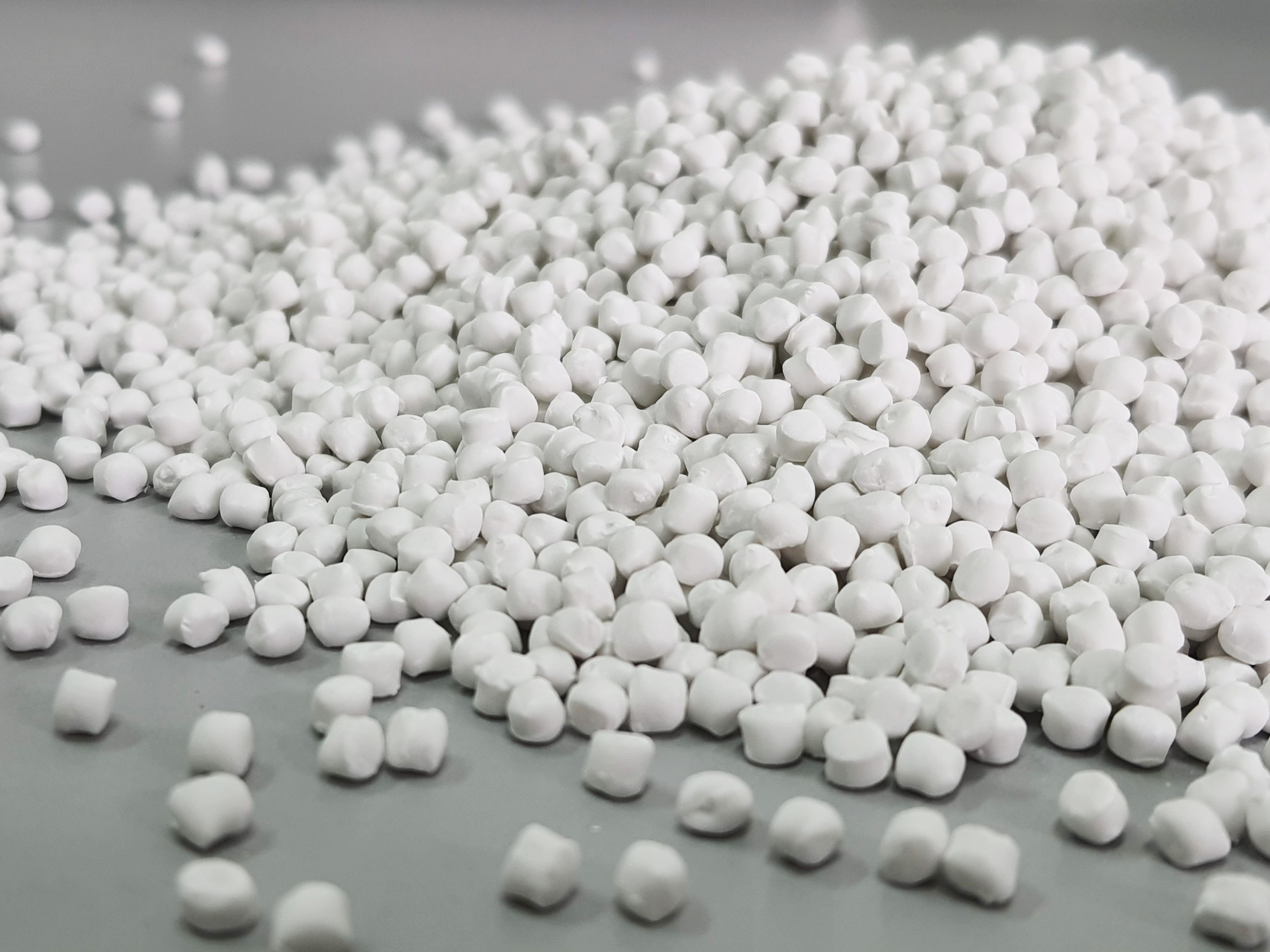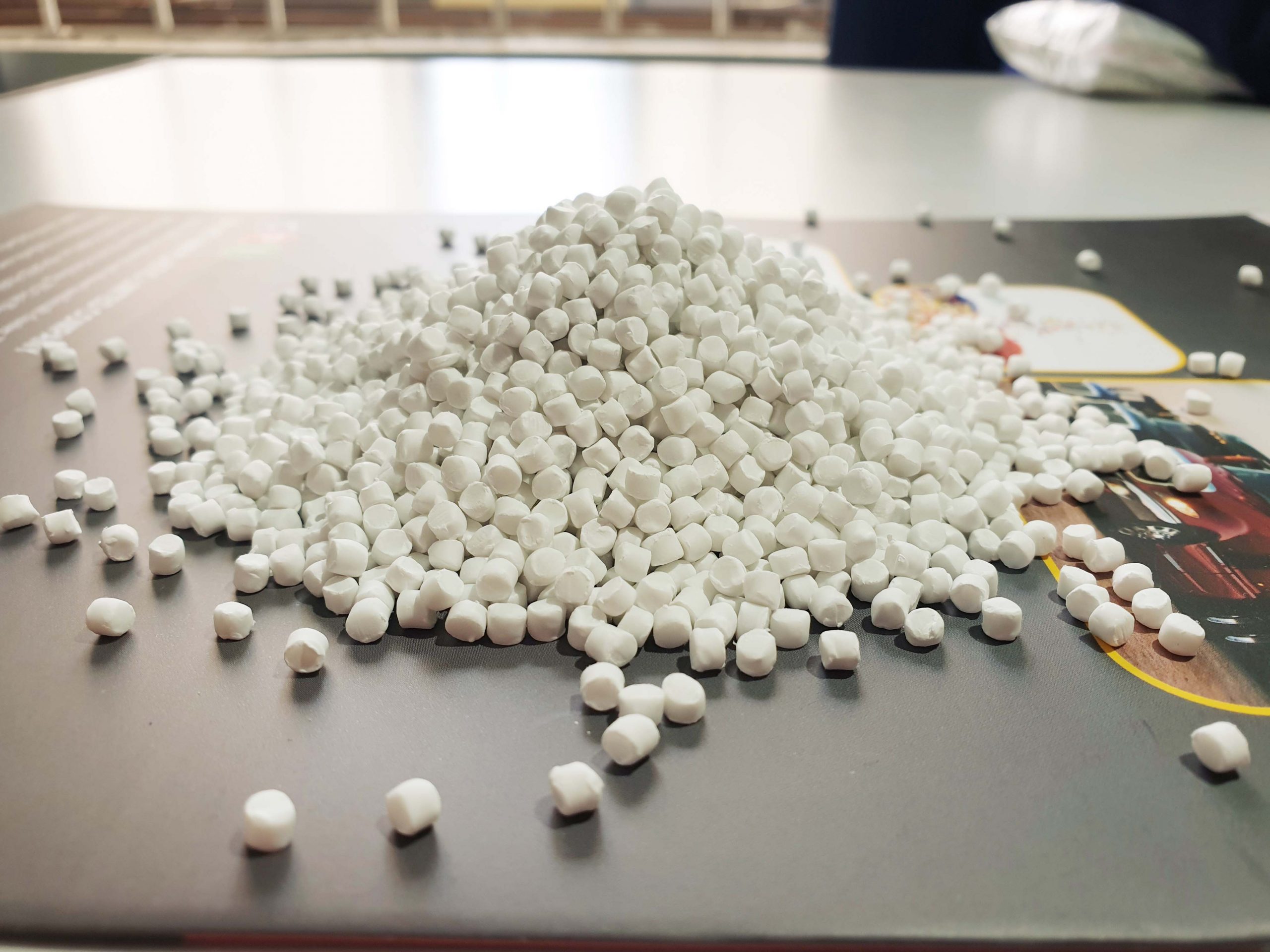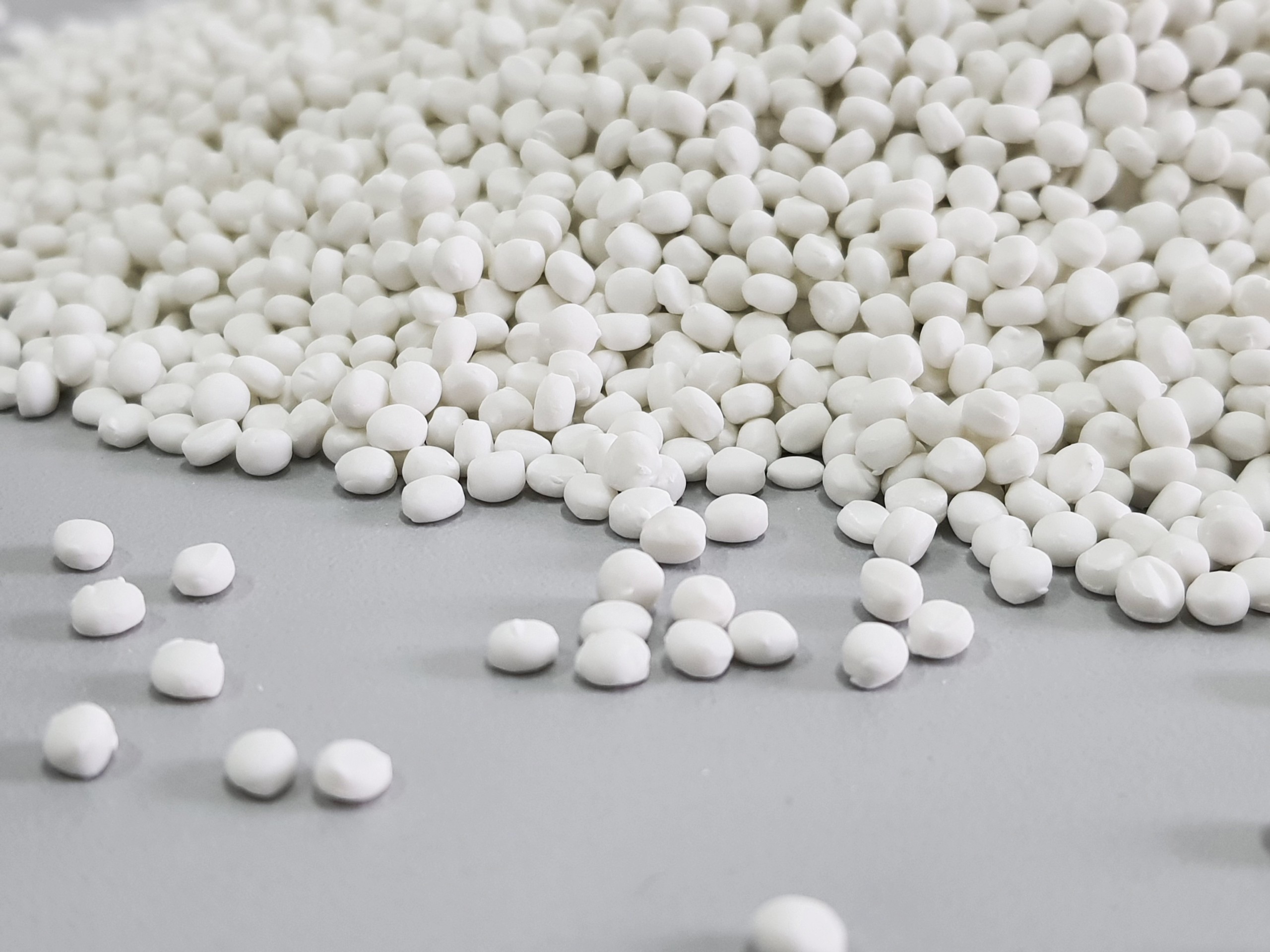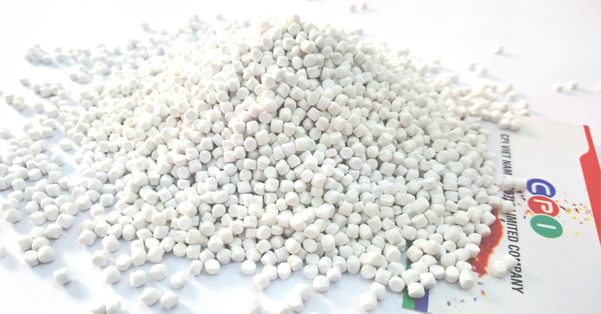Plastic knowledge
Filler masterbatch : Cost optimization solution for plastic industry
The plastics industry is an important sector in today’s economy, with many applications in many different industries. However, the rising costs of raw materials and manufacturing processes have put a strain on manufacturers, leading to a need for cost-effective solutions. One solution that has become popular in recent years is the use of plastic filler masterbatch.
I. What is plastic filler masterbatch?
Plastic filler masterbatch is a type of masterbatch used in the plastic industry; Its composition includes a base resin along with high concentrations of calcium carbonate or talc powder. The main purpose of using Taical is to reduce the final product cost by partially replacing more expensive polymer resins without affecting the mechanical properties of the resin.

II. Types of Filler Masterbatch
There are several types of filler masterbatch available on the market, each with its own characteristics and applications. Here are the most common types:
A. Calcium carbonate masterbatch
Calcium carbonate filler particles are one of the most widely used filler particles. It is known for its excellent dispersion, high whiteness and good compatibility with various polymers. It is commonly used in the production of films, sheets, tubes and other plastic products.
B. Masterbatch Talc
Talc filler masterbatch is another popular choice for plastic manufacturers. It imparts improved hardness, heat resistance and dimensional stability to the final product. It is commonly used in the production of auto parts, home appliances and electrical components.
C. Barium Sulfate Masterbatch
Barium sulfate filler masterbatch is known for its high specific gravity, chemical inertness and excellent dispersion. It is commonly used in applications requiring high density and good surface finish, such as in the production of radiation shielding materials and high-end packaging.
D. Other types of Filler Masterbatch
In addition to the types mentioned above, there are a number of other filler options on the market, including mica, kaolin and fiberglass fillers. Each type offers its own characteristics and benefits, making it suitable for specific applications and industries.

III. Benefits of filler masterbatch in the plastic industry
A. Cost savings
One of the biggest advantages of using plastic fillers masterbatch is their cost effectiveness. Filler are a cost-effective solution to improve the properties of plastic products. It reduces production costs by reducing the amount of base polymer required. In addition, using filler also reduces the weight of the final product.
B. Improve mechanical properties
Filler particles increase the hardness and impact resistance of plastic products. It also improves the tensile strength and elongation at break of plastic products. In addition, filler masterbatch enhances the dimensional stability of plastic products, making them less susceptible to warping and shrinkage.
C. Improve heat resistance
Using filler masterbatch reduces the thermal expansion of plastic products, making them more heat resistant. Adding filler into production also helps improve the heat distortion temperature of plastic products, making them suitable for use in high temperature applications.
D. Improve electrical properties
Filler increases the conductivity and reduces the surface resistivity of plastic products. The addition of filler also improves the dielectric strength of plastic products, making them suitable for use in electrical applications.
E. Improve aesthetics
Using filler granules helps enhance the color, opacity and gloss of plastic products; reduces the visibility of surface defects, making plastic products look more attractive.

IV. Technical aspects of plastic filler masterbatch
A. Key components of plastic filler masterbatch
Plastic filler masterbatch typically consists of three main components: the base resin, fillers, and additives. The base resin serves as the carrier material, providing the main structural properties of the masterbatch. Fillers such as calcium carbonate or talc are added to improve the strength, stiffness, and impact resistance of the plastic product. Additives such as stabilizers, lubricants, or colorants are also included to enhance the performance and appearance of the final product.
B. How plastic filler masterbatch is produced
Plastic filler masterbatch is typically produced through a process called compounding, where a variety of raw materials are mixed together in a controlled environment to create a homogeneous mixture. The production of plastic filler masterbatch involves several key steps:
1. Selection of raw materials: The raw materials used in the production of plastic filler masterbatch typically include a base resin, fillers such as calcium carbonate or talc, and additives such as stabilizers or colorants. These raw materials are carefully selected based on the desired properties of the final product.
2. Mixing: The raw materials are mixed together in a high-speed mixer to ensure even distribution and dispersion of the fillers and additives within the base resin. This step is crucial for achieving the desired properties of the plastic filler masterbatch.
3. Extrusion: The mixed materials are then fed into an extruder, where they are heated and melted to form a homogeneous mixture. The extrusion process also helps to remove any air bubbles or impurities that may be present in the mixture.
4. Pelletizing: The molten mixture is then passed through a pelletizing machine, where it is cooled and cut into small pellets or granules. These pellets are the final product that can be used in the manufacturing of plastic products.
C. Compatibility with different types of plastics
Plastic filler masterbatch is compatible with a wide range of plastic resins, including polyethylene (PE), polypropylene (PP), polyvinyl chloride (PVC), and polystyrene (PS). The compatibility of the masterbatch with different types of plastics depends on factors such as the melting temperature, viscosity, and chemical composition of the base resin. It is important to carefully select the appropriate masterbatch for the specific plastic resin to ensure compatibility and optimal performance.
V. Conclusion
In short, plastic filler masterbatch is an essential component in the plastic manufacturing industry, bringing many benefits such as reducing costs, improving properties and enhancing performance. By understanding the different types of fillers available, manufacturers can choose the most suitable option for their specific production needs. Whether it is calcium carbonate, talcum powder, barium sulfate or other filler particles, each has its own advantages, making it an indispensable material of the plastic manufacturing process.
CPI Plastic Vietnam is one of the largest Filler masterbatch manufacturers in Vietnam. Products of CPI Plastic have been exported to more than 90 countries around the world, on all continents. With the motto “OUR PRODUCTS – YOUR SUCCESS”, CPI plastic company always wants to cooperate with all customers to bring Vietnamese products to the world. You can find our products here : “Filler masterbatch”.

